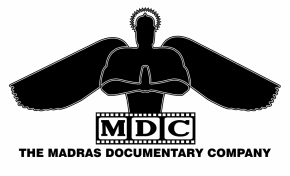MAMALLAPURAM ...a virtual serialized walk through
|
|
Panchapandava Mandapam
|
|
|
This is an unfinished cave temple. Had it been finished, it would have been the largest of all the cave temples of the Pallavas. Similarly, it incorporates several novel features too.
Are you seeing this monument in the beginning of your visit to Mamallapuram? If so, please know that Mamallapuram has three types of temples, namely, the cave temples, the monolithic temple, and structural temples. Cave temples are those temples dedicated to the trinity of Hindu Pantheon. Siva, Vishnu and Brahma. Monolithic temples are the temples carved from a boulder. Structural temples are those built by placing one block of stone on the other. Mahendravarman, who ruled between 580-638 CE, was the king who first excavated a cave temple in this part of India. Mamallapuram has many cave temples locally known as mandapam, few of which you may see. Narasimhavarman the first, who ruled between 630 to 668 AD began majority of them and his great grandson Paramesvaravarman, tried and succeeded in completing a few. Excavating a cave temple is laborious process consuming time and energy. This was made difficult even more by the rocks of Mamallapuram, which are the hardest of all rocks. A cave temple is a temple dedicated to either Siva or Vishnu. It was excavated like a cave into the hillock, therefore we call them “Cave temple”. The unwanted rock mass was removed and the rock mass wanted for pillars and sanctum were retained. To excavate a cave temple, they need a strong rock with a vertical face. If they didn’t have a vertical face, they will create one by levelling the face. Generally, the cave temples of Pallavas have a façade with pillars, then a hall for offering prayer and one, three or five sanctums at the back. They will not generally contain any images or the lingas. Pallavas worshipped images made out of wood or a painting. This cave temple is yet to be finished. As you go inside, watch the wall and the position of the sanctum. The sanctum is projected from the rear wall. In all other cave temples, the sanctum was cut into the rear wall. Here they were planning to have a path by which you can go round the sanctum. Watch the walls. There are deep grooves in square pattern on the walls. This explains the technique of removal of unwanted rock mass. They cut deep groves first. By giving a blow across one of them, the rock in between the grooves will come off. This process will be repeated to remove the unwanted rock-mass. |

